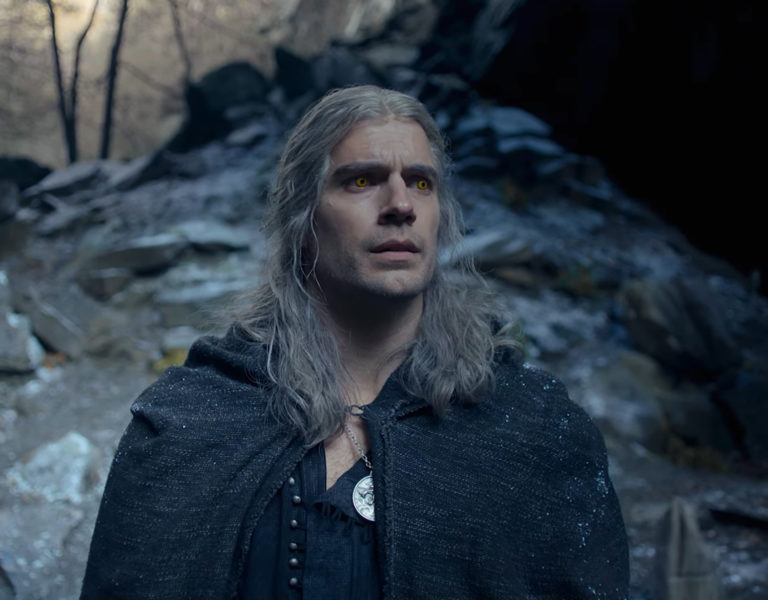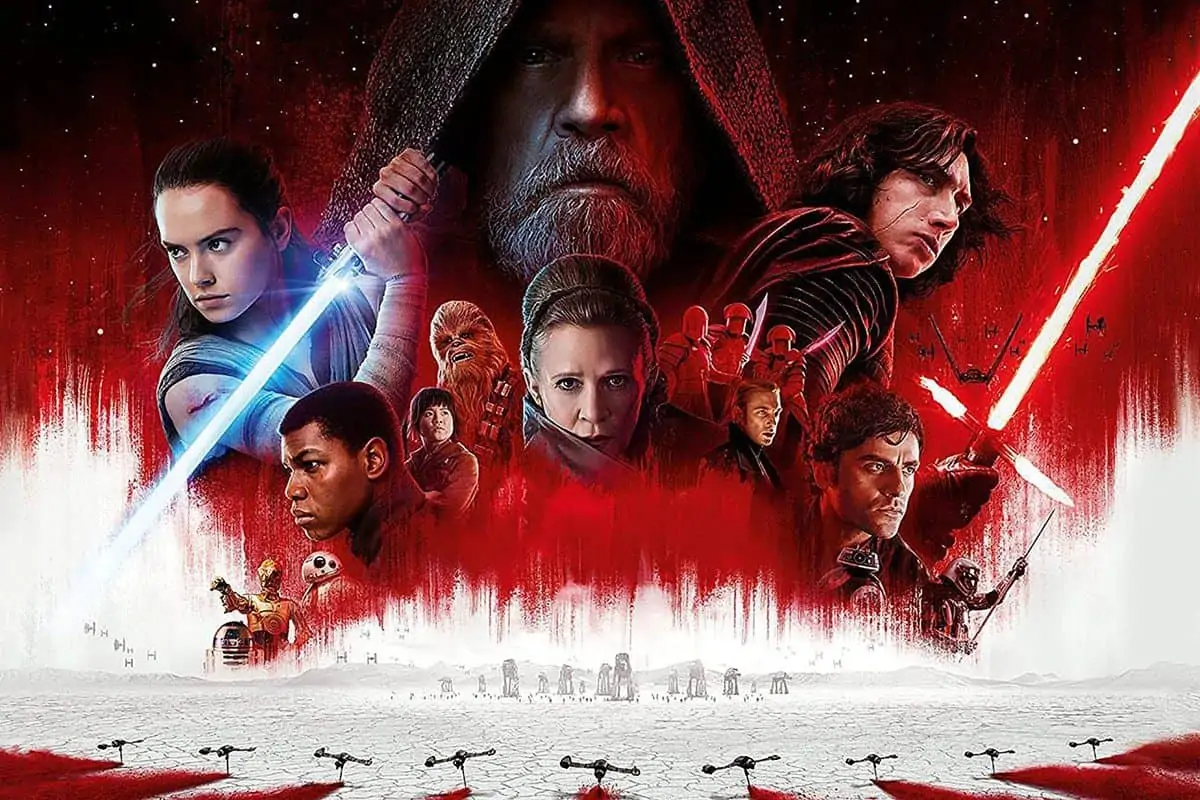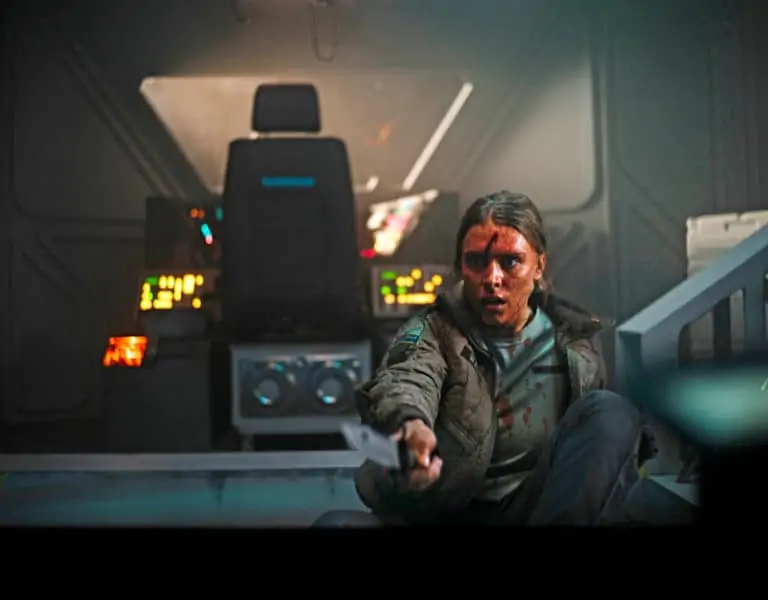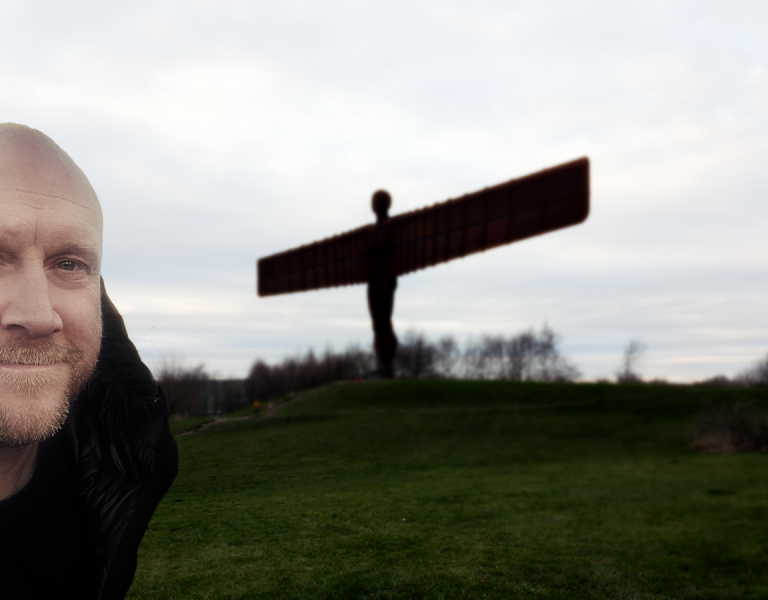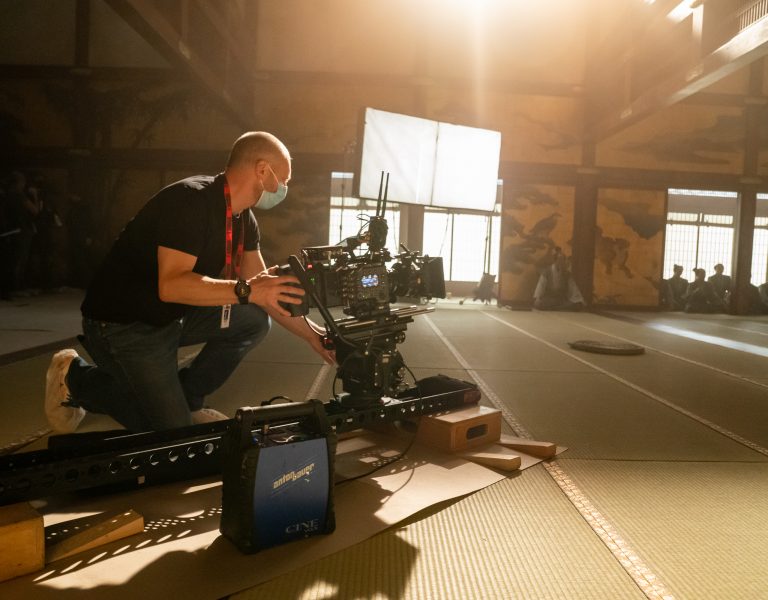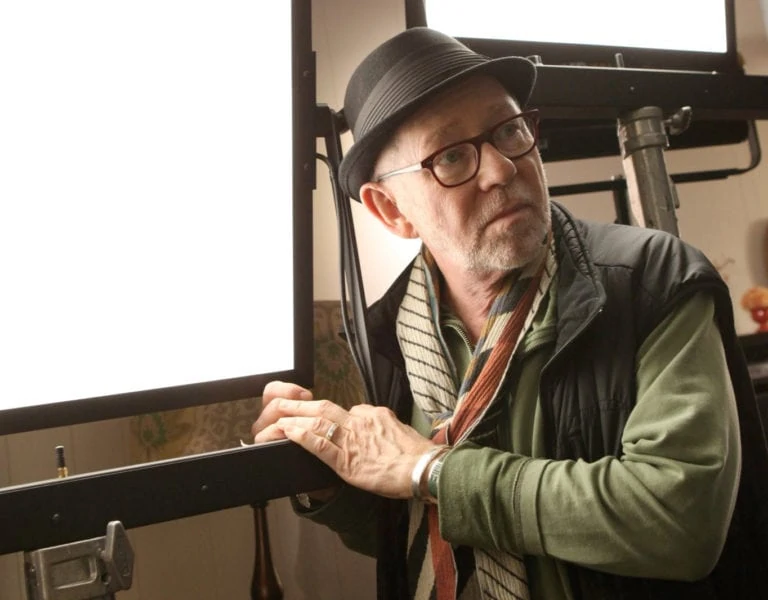BEST OF BOTH WORLDS
Fusing film and digital capture, cinematographer Greta Zozula portrays the nuances of shifting father-daughter dynamics in the shadow of the AIDS epidemic in Fairyland.
The halcyon days of a ‘70s San Franciscan childhood are juxtaposed with the growing spectre of the HIV and AIDS crisis in the ‘80s in director Andrew Durham’s debut feature, Fairyland, based on Alysia Abbott’s touching memoir. Following her mother’s tragic death in a car crash, Alysia and her father, Steve, up sticks from the Midwest to San Francisco – a cultural melting pot where Steve can fully embrace his sexuality for the first time.
A four-act narrative chronicles Alysia’s journey through childhood, adolescence and young adulthood as her father, played by Scoot McNairy, finds his feet in the city’s queer community. Their ever-changing father-daughter relationship is tested as the AIDS epidemic tears through the city with heartbreaking consequences.
As an eight-year-old, Alysia is initially portrayed by remarkable first-time film actor Nessa Dougherty, before CODA’s Emilia Jones assumes the mantle for her older scenes. The task of capturing her coming-of-age, meanwhile, went to New York-based cinematographer Greta Zozula, who helped shape Fairyland’s visual language as Alysia’s perspectives mature.
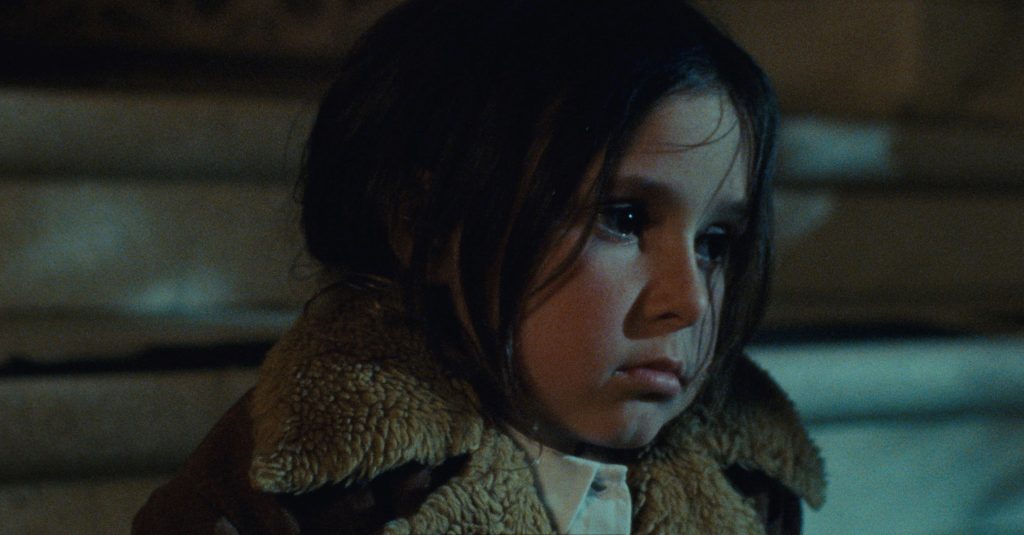
“As children, our memories tend to be more curious and adaptable the younger we are,” she says about her approach. “This translates visually to something more exploratory and unfolds into a memory that is often happy and full of nostalgia. As we mature, our understandings of ourselves and the world around us become more about survival and the unavoidable realities. Remembering only important moments as they are, very real and without romance.”
Zozula joined the project after meeting with Durham, where they mostly talked about their shared love of celluloid. Durham watched her 16mm Sundance short The Immaculate Reception (dir. Charlotte Glynn), for which she was honoured at the Emerging Cinematographer Awards 2014. “There was something about the 16mm and being true to the time (The Immaculate Reception was set in 1972) – he was impressed and intrigued by that,” the DP, a Manhattan School of Visual Arts alumna, explains.
A photographer-turned-filmmaker whose visuals have featured in the New York Times and Vanity Fair, Durham always wanted to shoot Fairyland on film. It was a medium he’d long had an affinity with, but wasn’t sure if resource would allow for this production. In Zozula, he found a DP who had celluloid experience along with insight of making digital capture more filmic (as 1st AC on 2016’s Christine).

“[Andrew’s] expectations for digital were really low,” says Zozula, recalling their initial conversations. “I reassured him that there were ways of making it look the way he wanted.”
Eventually, they came up with a solution to please both aesthetics and budget: Doughtery’s scenes would be shot on S16mm, using the Arriflex 416, while Alysia’s older years, played by Jones, would be filmed on the ARRI Alexa Mini. “We couldn’t see the childhood part not on film,” Zozula stresses. “I did a breakdown and worked out, ‘Okay, if we shoot this much on film, we can make it work.’ It was a stretch but we did make it work. As we developed [the idea] more, it fitted more and more with the film’s creative and visual arc.”
This arc – crafted not only with film stock but colour and light choices – was established by Zozula and Durham over a whirlwind month’s prep. “When Alysia was younger and she and her dad first move to San Francisco, it’s about the warmer reds – the apartment is red and sunny, with harsher light. That was all references to films like The Spirit of the Beehive and Pretty Baby,” she notes. “Then, when she gets a little bit older and the romanticism of moving to San Francisco starts to get worn away – she’s growing up and her dad is maybe a little less responsible – the colours shift into greens and blues, and the lighting is less sunny and more neutral in some situations.”
In the ‘80s scenes, the colour and lighting change to both feel the era and lean into Alysia’s teenage years. When the narrative moves from the Bay Area to New York, then France, Zozula adopts a more romanticised approach to lensing with a more traditional light and colour. “So, when she’s called home, and we come back to San Francisco, that final arc shift is as real as can be; the lighting was very naturalistic and we leaned into more traditional use of handheld,” she notes. The naturalism of Andrea Arnold’s Fish Tank was a reference here, while a Nan Goldin-esque aesthetic is sprinkled throughout Fairyland’s visual language.

Crafting a coming-of-age
Fairyland was captured in 25 shoot days across the US and France, with the majority of the interiors shot between three old mansions on Mare Island, northeast of San Francisco. Each mansion was a blank canvas, so production designer Olivia Kanz and her team would dress each property to hide specific architectural giveaways. “How Olivia and her team, art director Keri Shewmaker and set decorator Mariana Urban, transformed these spaces to reflect the visual arc and tonal shifts within spaces that were blank canvases with similar architectural bones was incredibly impressive,” notes Zozula. “A couple of examples being the Italian restaurant in one room of a mansion and the converting of one side of Munca’s house into the Atlanta home. It was a huge collaborative effort between their team, Andrew and myself to figure out this complex puzzle, but it was their hard work and creative illusions that made it possible.”
Developing the film’s ever-changing worlds across the three buildings was a fun challenge for Zozula, she remembers, and informed her compositional choices. “With the first house, on Oak Street, we wanted to be able to see everything – it was really important to connect to the whole house as one,” she remembers. “For the next house, it was a little less important to see everything, but we still wanted to feel that it’s getting smaller, cleaner, more precise. Then for Haight Street, the point was to feel confined to one room. It was a case of, how do we show this whole apartment is really just a staircase with two rooms at the top?”
When it came to exteriors, Zozula couldn’t shoot any wide shots, but adds that played into her and Durham’s whole approach to their compositions. “We didn’t want to do any big, fancy crane shots that showed the whole world, even if we could have afforded it on this movie,” she smiles. “When we did move the camera, they’re big moves that show what we want to show and nothing more, being selective and creating depth versus being a spectacle that pulls focus from the storytelling.”

Interestingly, shoot days were structured with celluloid scenes with Dougherty in the mornings before the crew would switch to digital for Jones’ scenes in the afternoons and evenings. The daily change in narrative timelines was an additional challenge for both Zozula’s team and the wider crew, although she made sure there were separate film and digital loaders to aid the transition. She recalls: “The art department tried to stay ahead of it as much as possible, which was challenging because prep did not allow the dressing of all three locations before principal started so as we bounced around time periods it meant the art department had to be in all three buildings all the time getting a new set dressed versus doing one set at a time and then breaking it down.”
“With lighting, we tried to treat it like a studio as much as we could, but in some situations, we didn’t have enough light to do that. It was about keeping all that straight in our heads so there was no forgetting anything. From a camera perspective you’re just changing over formats, which is technically difficult but there’s not a whole lot you can forget.”
The timeline swaps were interesting from an actor, HMU and wardrobe perspective – especially for Scoot McNairy, who had to bounce between ‘70s and ‘80s every day. This meant getting in and out of facial hair, tonal performance changes directly between younger and older Alysia, and wardrobe each day.

Stock-wise, she chose Kodak’s 250D and 500T for the most part, with 50D being used for all but one exterior. For the final day exterior before the move to digital, they opted for 250D due to it being less contrasty and a little grainier. “There was an appropriate shift in that moment to get into that scene and then to transition to digital,” she says. “For the rest of the exteriors, which really wanted to feel more colourful, and wanted more latitude and the extremes, like when they’re outside and going to a park and you see the Conservatory in the background, we really needed that latitude in those scenes to really extract the colour and to hold the Conservatory in the background. And the 500T was just for the night scenes and some of the darker interiors.”
Zozula notes how melding archival footage, such as of San Francisco Pride, was made easier by shooting these sections on 16mm. “You can tell it’s archival of course, but it doesn’t feel completely out of place. Without shooting on 16mm, it maybe would take you out of the story a little.”
One of the most important conversations Zozula had with colourist Sam Daley of Light Iron centred around the film-digital shift. “We didn’t get to build as much on the front end as I would have wanted to,” she explains. “We didn’t build an entire LUT, it was much quicker and more simplified than that. We talked about the importance of the transition. Sam was really smart with his approach to the final colour, every choice is very thoughtful.”
Fairyland was captured on ZEISS Super Speeds, with the cinematographer adapting her choice of focal length to reflect the narrative arc. “In the practical sense, they’re fast lenses, but creatively they’re from that time. We chose those over Cookes to have a little bit more flexibility with the F-stop. As we went along, we constricted the depth so by the time we get to the end of the film, when we’re shooting digital, we’re all the way open when the world tunnels in.”
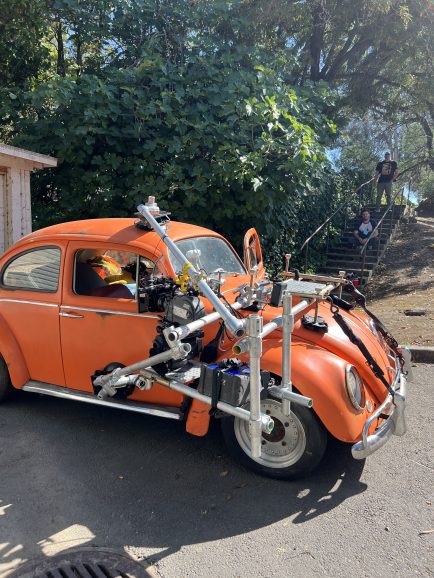
Lighting for nostalgia
Zozula worked closely with chief lighting technician Mina Stollery to illuminate Alysia’s world. Their kit consisted mainly of LEDs – ARRI S60s, Litemats in various sizes, Astera Nyx, Helios and Titan tubes, all wireless and iPad controlled – along with some atmosphere-building practicals. “We had to rely on the efficiency of LED because we didn’t have much time and we had a small crew – especially if you add the heat and the small locations on top of it,” Zozula adds.
She remembers Alysia and Steve’s first visit to the Oak Street apartment, near the beginning of the film, being one of the trickier sequences to light. The walkthrough was shot as a oner – “not intentionally but for the fluidity of it,” Zozula notes. “So that required all of the spaces, and we’re also shooting this on film.” It’s a scene that’s important for setting up family dynamics and introducing important characters, so it was a relief that cast and crew were able to pull it off.
The film received a rapturous reception at Sundance, so it’s hardly surprising Fairyland is the film Zozula is most proud of so far in her career. “Every shoot is amazing, but I feel I grew the most on this film as an artist,” she admits.
For young Dougherty, it may have been daunting for a screen newcomer to adapt to the celluloid workflow, but she rose to the challenge tremendously. “Watching her mature as a human and an actor was incredible to watch,” Zozula adds.

